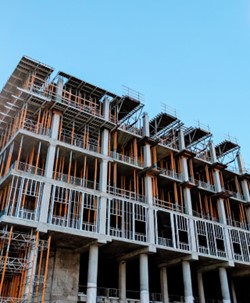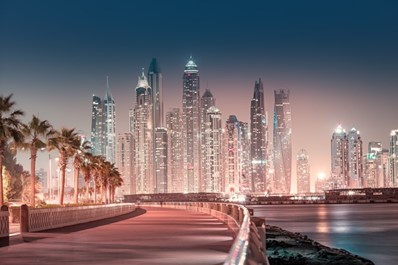The commercial real estate industry has witnessed a significant shift towards sustainability, driven by increasing environmental awareness, regulatory pressures, and the growing demand for eco-friendly buildings. Sustainable real estate development aims to minimize the environmental impact of construction and operation while maximizing resource efficiency and occupant comfort. In this article, David Shulick explores the latest trends and innovations in sustainable commercial real estate development, highlighting key strategies and technologies shaping the future of the industry.
Green Building Certifications
Green building certifications, such as LEED (Leadership in Energy and Environmental Design) and BREEAM (Building Research Establishment Environmental Assessment Method), have become essential benchmarks for sustainable development in commercial real estate. Developers are increasingly seeking certification for their projects to demonstrate their commitment to environmental responsibility and attract environmentally-conscious tenants and investors. These certifications assess various aspects of building design and operation, including energy efficiency, water conservation, indoor air quality, and materials selection, providing a framework for achieving high-performance and sustainable buildings.
Energy-Efficient Design and Technologies
Energy efficiency is a cornerstone of sustainable real estate development, with developers integrating innovative design strategies and technologies to reduce energy consumption and lower operating costs. Passive design techniques, such as orientation, shading, and natural ventilation, optimize building performance and minimize reliance on mechanical heating and cooling systems. Additionally, advanced building systems, including energy-efficient HVAC (heating, ventilation, and air conditioning), lighting, and controls, enhance energy efficiency while maintaining occupant comfort. Renewable energy sources, such as solar panels and wind turbines, further supplement building energy needs, reducing reliance on fossil fuels and lowering carbon emissions.
Sustainable Materials and Construction Practices
The selection of sustainable materials and construction practices is critical to reducing the environmental impact of commercial real estate development. Developers are prioritizing eco-friendly building materials, such as recycled content, low-VOC (volatile organic compound) paints and adhesives, and sustainably-sourced wood and bamboo, to minimize resource depletion and indoor air pollution. Additionally, construction practices that prioritize waste reduction, recycling, and responsible disposal help minimize construction-related environmental impacts and promote circular economy principles.

Water Conservation and Management
Water conservation is another key focus area in sustainable commercial real estate development, with developers implementing strategies to reduce water consumption and enhance water efficiency. High-efficiency plumbing fixtures, such as low-flow toilets, faucets, and showers, help minimize water usage while maintaining functionality and comfort. Greywater recycling systems capture and treat wastewater for non-potable uses, such as irrigation and toilet flushing, reducing demand on freshwater supplies and lowering utility costs. Additionally, green infrastructure features, such as rain gardens, bioswales, and permeable pavements, manage stormwater runoff and promote groundwater recharge, mitigating the impact of urban development on local water systems.
Smart Building Technologies
The integration of smart building technologies is revolutionizing the way commercial real estate is designed, constructed, and operated, enabling greater efficiency, comfort, and sustainability. Building automation systems (BAS) and IoT (Internet of Things) sensors monitor and control building systems in real-time, optimizing energy usage, indoor environmental quality, and occupant comfort. Predictive analytics and machine learning algorithms analyze building data to identify opportunities for energy savings, predictive maintenance, and optimization of building performance. Additionally, occupant engagement platforms empower building occupants to actively participate in sustainability efforts by providing real-time feedback on energy usage, encouraging behavior change, and fostering a culture of sustainability.
Conclusion
Sustainable real estate development is driving positive change in the commercial real estate industry, with developers embracing innovative strategies and technologies to create buildings that are environmentally responsible, resource-efficient, and resilient to future challenges. By prioritizing green building certifications, energy-efficient design and technologies, sustainable materials and construction practices, water conservation and management, and smart building technologies, developers can create high-performance buildings that deliver long-term value for both investors and occupants. As sustainability continues to gain momentum in the commercial real estate sector, it is essential for developers, investors, and stakeholders to collaborate and innovate towards a more sustainable and resilient built environment.
